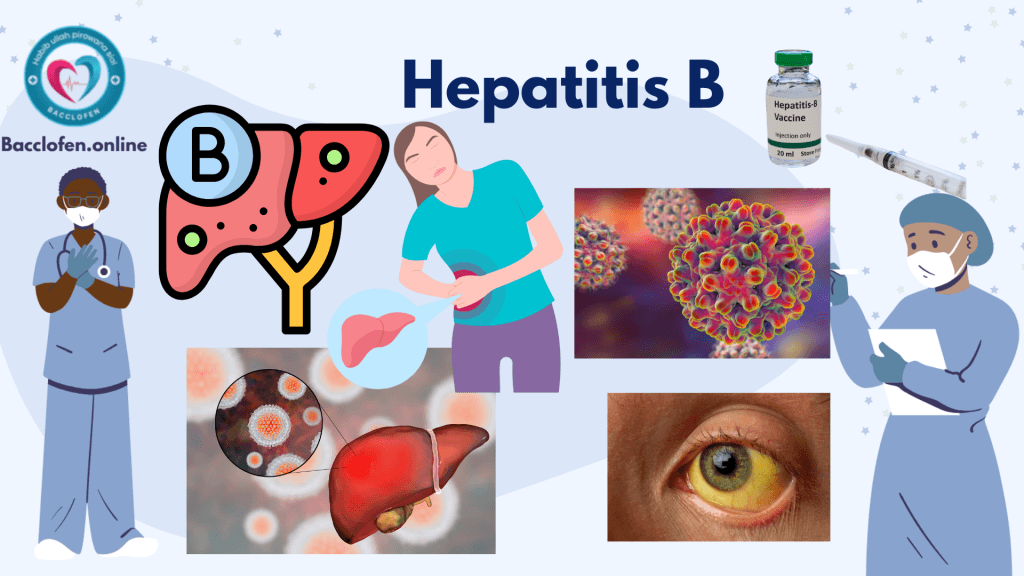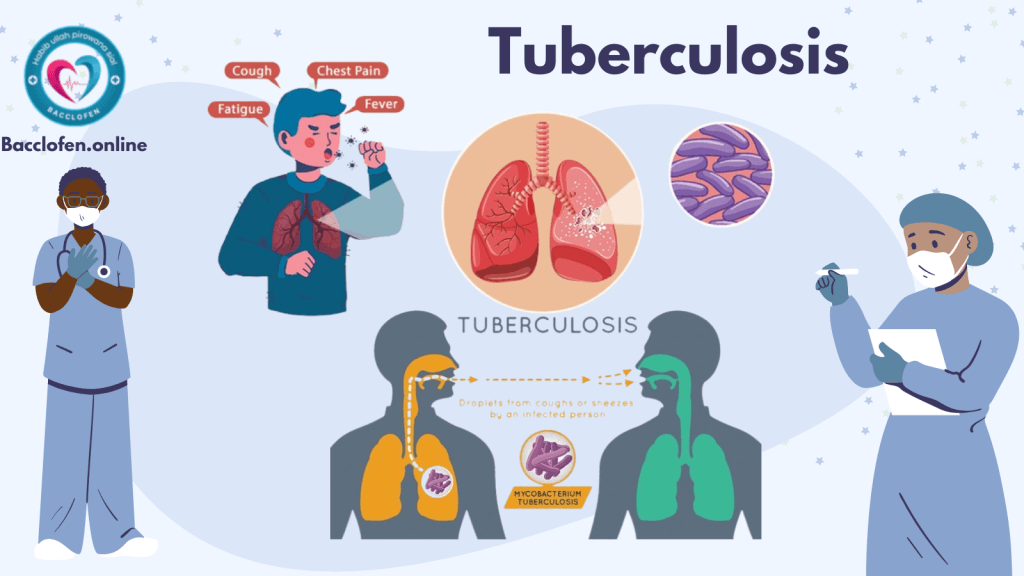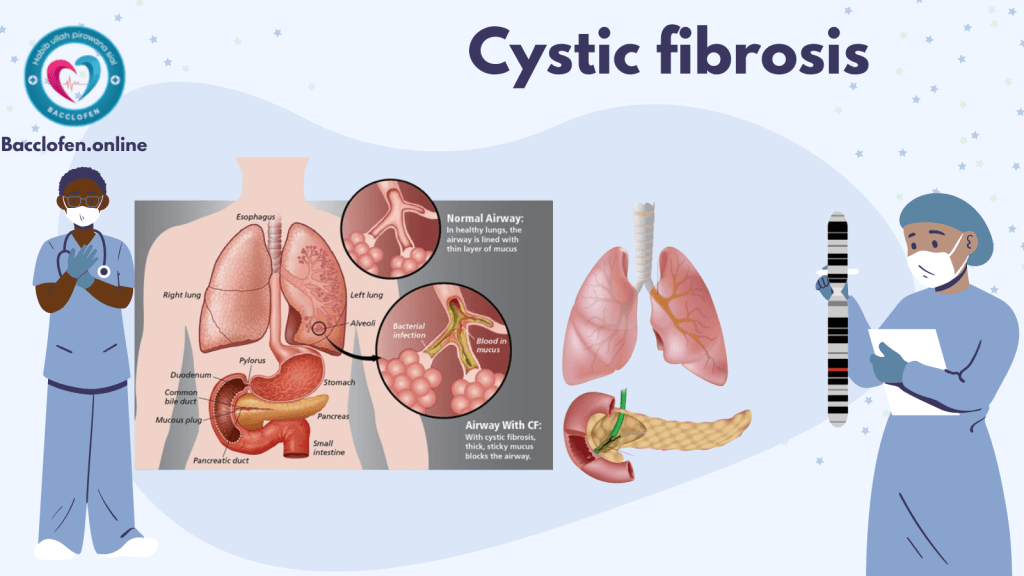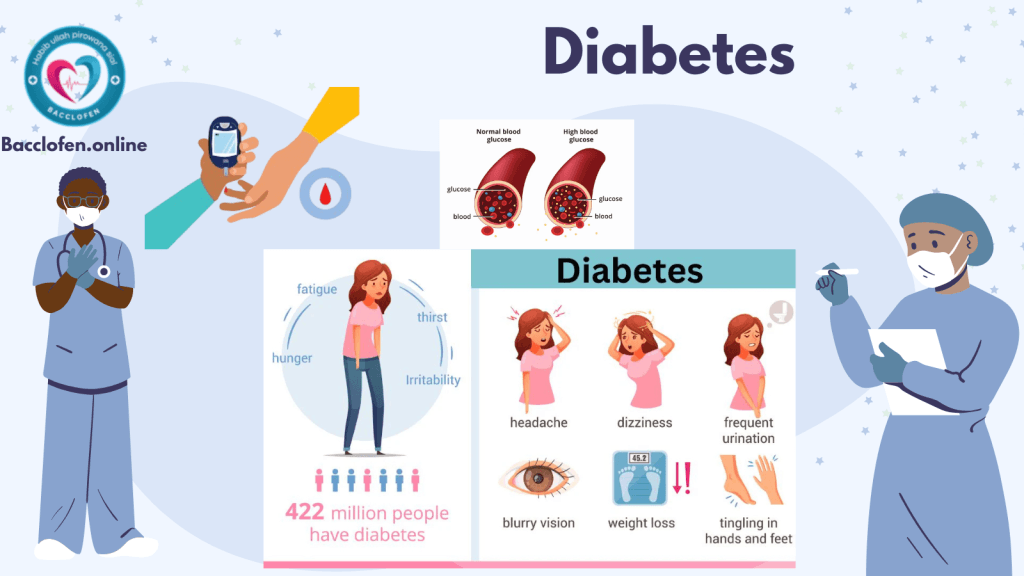Hepatitis B is a viral infection that targets the liver, potentially causing both acute and chronic disease. It is caused by the Hepatitis B virus (HBV) and is one of the most common infectious diseases worldwide. The virus can lead to serious complications such as liver failure, cirrhosis, and liver cancer if left untreated. Understanding the causes, symptoms, preventive measures, diagnostic approaches, and treatment options is crucial for managing Hepatitis B and reducing its global health burden.
What is Hepatitis B?
Hepatitis B is a liver infection caused by the HBV virus. It is transmitted through blood, semen, or other body fluids from an infected person. The infection can range in severity, from mild acute illness lasting a few weeks to a lifelong chronic condition that requires ongoing management.
- Acute Hepatitis B: A short-term illness occurring within six months of exposure to the virus. Many people recover completely, but others may progress to chronic infection.
- Chronic Hepatitis B: A long-term condition where the virus remains in the body. Chronic Hepatitis B can last a lifetime and increase the risk of severe liver complications.
Causes and Transmission of Hepatitis B
HBV is highly contagious and can be transmitted through several routes, including: Hepatitis B causes
1. Blood Transmission
- Sharing needles or syringes contaminated with infected blood.
- Receiving unscreened blood transfusions or organ transplants.
- Accidental needle sticks among healthcare workers.
2. Sexual Transmission
- Unprotected sexual contact with an infected person. The virus is present in semen, vaginal fluids, and blood.
3. Mother-to-Child Transmission
- An infected mother can pass the virus to her baby during childbirth, a common route of transmission in high-prevalence areas.
4. Direct Contact with Infected Body Fluids
- Contact with open wounds or sores of an infected person.
- Sharing personal items such as razors or toothbrushes contaminated with blood.
Risk Factors
Certain factors increase the likelihood of contracting Hepatitis B, including:
- Being born in or traveling to regions with high HBV prevalence.
- Having unprotected sex with multiple partners.
- Sharing needles, syringes, or other drug-injection equipment.
- Living with someone who has chronic Hepatitis B.
- Working in healthcare or other occupations with potential exposure to infected blood.
Symptoms of Hepatitis B
Symptoms of Hepatitis B vary depending on whether the infection is acute or chronic. Some individuals, especially children, may not show any symptoms.
Acute Hepatitis B Symptoms
- Fever.
- Fatigue.
- Nausea and vomiting.
- Abdominal pain, particularly in the upper right side.
- Dark urine.
- Clay-colored stools.
- Jaundice (yellowing of the skin and eyes).
Chronic Hepatitis B Symptoms
Many people with chronic Hepatitis B are asymptomatic for years, but the virus continues to damage the liver. Over time, symptoms may include:
- Persistent fatigue.
- Joint pain.
- Loss of appetite.
- Swelling in the abdomen or legs.
- Easy bruising or bleeding.
Complications of Hepatitis B
If untreated, chronic Hepatitis B can lead to severe liver complications:
1. Cirrhosis
- Scarring of the liver due to long-term inflammation, which can impair liver function.
2. Liver Cancer
- HBV is a leading cause of hepatocellular carcinoma (HCC), a primary form of liver cancer.
3. Liver Failure
- When the liver can no longer perform its essential functions, requiring transplantation in severe cases.
4. Other Conditions
- Chronic Hepatitis B can also cause kidney disease or blood vessel inflammation.

Prevention of Hepatitis B
Preventing Hepatitis B is critical to reducing its global burden. Key preventive measures include:
1. Hepatitis B Vaccination
- The Hepatitis B vaccine is safe and highly effective. It is typically given in three doses over six months and provides long-term immunity.
- Newborns should receive the first dose within 24 hours of birth to prevent mother-to-child transmission.
2. Safe Practices
- Avoid sharing needles, syringes, or other personal items like razors.
- Use condoms during sexual activity to reduce the risk of transmission.
3. Screening and Testing
- Blood screening before transfusion or organ donation ensures HBV-free donations.
- Pregnant women should be tested for Hepatitis B to prevent vertical transmission to their newborns.
4. Protective Measures for Healthcare Workers
- Proper use of gloves, masks, and other protective gear.
- Immediate post-exposure prophylaxis with the Hepatitis B vaccine and immunoglobulin if exposed to the virus.
Diagnosis of Hepatitis B
Hepatitis B is diagnosed through various blood tests that detect the virus and assess liver function:
1. Hepatitis B Surface Antigen (HBsAg)
- A positive HBsAg test indicates active HBV infection.
2. Hepatitis B Surface Antibody (Anti-HBs)
- A positive test indicates immunity from previous infection or vaccination.
3. Hepatitis B Core Antibody (Anti-HBc)
- Indicates prior exposure to HBV and may help distinguish between acute and chronic infection.
4. Liver Function Tests (LFTs)
- Measure enzymes and proteins in the blood to assess liver health.
5. Viral Load Testing
- Determines the amount of HBV DNA in the blood, indicating the severity of the infection.
6. Imaging and Biopsy
- Ultrasound, elastography, or liver biopsy may be performed to assess liver damage in chronic cases.
Treatment of Hepatitis B
Treatment for Hepatitis B depends on whether the infection is acute or chronic:
1. Acute Hepatitis B
- Most people with acute Hepatitis B recover without specific treatment.
- Supportive care involves rest, hydration, and management of symptoms.
2. Chronic Hepatitis B
- Chronic infection requires long-term management to prevent liver damage and reduce complications.
a. Antiviral Medications
- Entecavir, Tenofovir: Commonly prescribed antiviral drugs that suppress viral replication.
- Lamivudine, Adefovir: Older medications, less commonly used due to resistance concerns.
b. Interferon Therapy
- Pegylated interferon-alpha is an injectable drug that boosts the immune system to fight the virus. It is usually used in younger patients without advanced liver damage.
c. Monitoring and Lifestyle Changes
- Regular monitoring of liver function and viral load.
- Adopting a healthy lifestyle, including avoiding alcohol and maintaining a balanced diet.
d. Liver Transplantation
- In severe cases of liver failure or advanced liver disease, a liver transplant may be necessary.
Global Impact of Hepatitis B
Hepatitis B is a significant public health issue, particularly in Asia, Africa, and the Pacific Islands, where the disease is highly prevalent. Vaccination programs and increased awareness have significantly reduced new infections, especially among children. However, chronic cases remain a concern, requiring comprehensive healthcare strategies to prevent complications and manage existing infections effectively.



Pingback: Dermatitis: Causes, Symptoms, Prevention and Treatment - Bacclofen